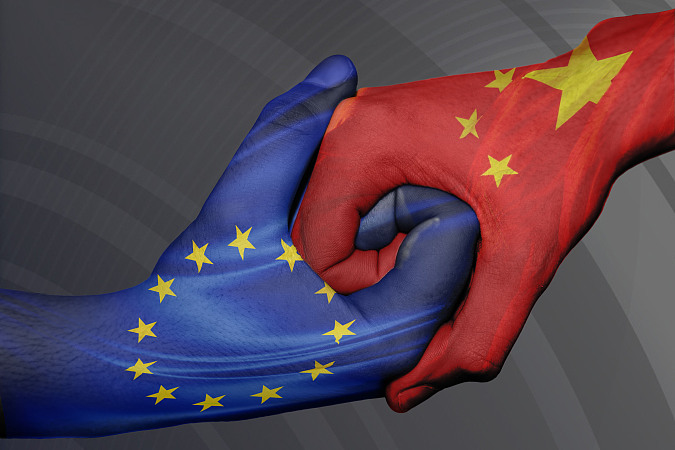General stance on the EU-China Summit 2019 Joint Statement Go back »
2019-04-11 | All chapters

Background
The 21st EU-China Summit took place in Brussels on 9th April 2019, chaired by European Council President Donald Tusk, European Commission President Jean-Claude Juncker and Chinese Premier Li Keqiang.
Stance
It is important that the EU and China were able to agree on the contents for a joint statement. Many of the points raised are significant and have been longstanding advocacy issues for the European Union Chamber of Commerce in China (European Chamber).
The most important of these is the commitment to conclude an ambitious EU-China Comprehensive Agreement on Investment (CAI) by 2020. This agreement has the potential to be the most momentous economic breakthrough in EU-China relations since they began more than 40 years ago. Expectations are high that this agreement will meaningfully address market access issues across all industry sectors, and deliver a level playing field for business.
Also of great significance is the commitment to deepen cooperation on WTO reform through channels such as the EU-China Joint Working Group. This is an important way to shore up the WTO’s status as the accepted organisation for administering global trade and to address many of the frustrations of European companies in China that stem from China’s extensive use of subsidy-based industrial policies.
Furthermore, the European Chamber agrees with the EU that it is time for China to finally realise its long-standing commitment to accede to the WTO’s plurilateral Agreement on Government Procurement (GPA). However, this will require extensive changes to China’s Government Procurement Law as well as the supporting regulatory framework and its implementation. While engaging in this process, the European Chamber also hopes to see the significant shortcomings of China’s Bidding Law addressed, which chiefly governs the procurement practices of SOEs.
While it was good to see an agreement between both sides that forced technology transfers should not exist, the feedback we receive from our member companies will be the true barometer of success in this respect.
The potential Bilateral Aviation Safety Agreement is another important issue that the European Chamber has long been advocating for. Although a signing at the summit would have been ideal, it is hoped that this can be concluded by the end of the summer.
The commitment to work on the long-term sustainability of Europe-Asia connectivity within the framework of the EU-China Connectivity Platform is encouraging. Cooperation can lead to a great deal of opportunities for both Europe and China, but overall success will ultimately require open markets, transparency and reciprocity.
Although it had been promised that it would be concluded by the end of October 2018, the intention to conclude the agreement on geographical indications within the year is a case of better late than never. This illustrates the point that while dialogue is good, results are essential.
Finally, the European Chamber is pleased to see that climate change and environmental protection remain high on the agenda, as this is a long-term challenge that will require global cooperation. The new EU-China energy cooperation platform will hopefully add support to that work as well.
“The European Chamber is pleased that the EU and China are continuing to engage in constructive discussions in order to make substantial improvements to our bilateral trade and investment relations,” said European Union Chamber of Commerce in China president Mats Harborn. “As a business community we believe that while dialogue is the best way to proceed, it must lead to meaningful results. We hope the new and revised timelines provided will bring focus to the work that lies ahead.”
For more information please contact
Xinhe Fan
- +86 (10) 64622066 ext.35
- xhfan@europeanchamber.com.cn